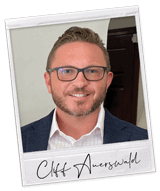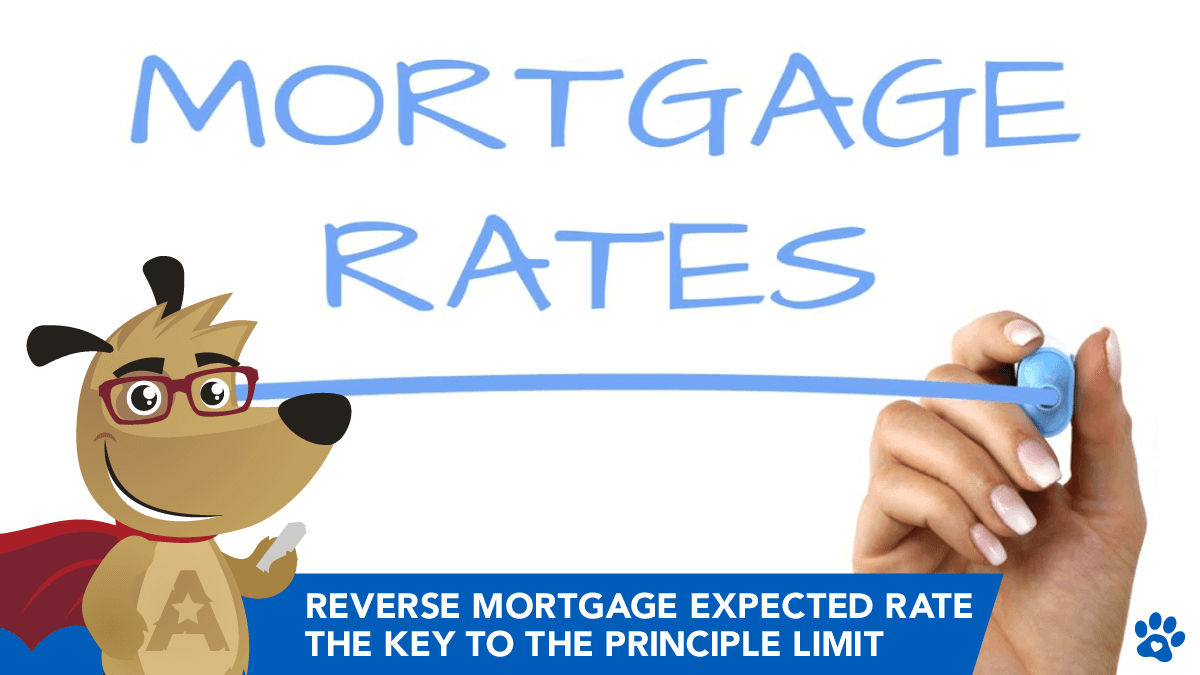Reverse Mortgage Expected Rate is Key to the Principal Limit
 |
Michael G. Branson, CEO of All Reverse Mortgage, Inc., and moderator of ARLO™, has 45 years of experience in the mortgage banking industry. He has devoted the past 20 years to reverse mortgages exclusively. (License: NMLS# 14040) |
 |
All Reverse Mortgage's editing process includes rigorous fact-checking led by industry experts to ensure all content is accurate and current. This article has been reviewed, edited, and fact-checked by Cliff Auerswald, President and co-creator of ARLO™. (License: NMLS# 14041) |
Many homeowners understand that when they qualify for a reverse mortgage, they’re eligible for a loan amount that’s a percentage of their home’s value or the HUD Lending limit, whichever is lower. This amount, commonly known as the ‘Principal Limit,’ is a key factor in reverse mortgages.
Yet, the ‘Expected Rate’ is a lesser-known aspect that significantly impacts the available funds from a reverse mortgage. Understanding how this rate influences the loan proceeds is crucial for consumers considering a reverse mortgage.

Reverse Mortgage Expected Rate: Impact and Importance
The ‘expected rate’ in a reverse mortgage plays a pivotal role, though it’s often misunderstood. It’s important to understand that this rate is not the one at which interest starts accruing on your loan. Moreover, it’s not a forecast of rate changes or a constant rate throughout the loan’s life.
HUD uses the expected rate in its calculations, deriving it from a different, usually higher, index than the one used for calculating the loan’s interest accrual at the time of application.
Specifically, the expected rate is based on a 10-year index, contrasting with the lower 1-month or 1-year index used for adjustable-rate reverse mortgages. For fixed-rate loans, the expected rate is simply the Note Rate, remaining constant over time.
So, why is this important? The expected rate directly influences the loan proceeds you receive. With current interest rates at or above the HUD floor rate, the expected rate becomes a decisive factor in determining the amount of money borrowers can access through the program. Understanding this rate is key to fully grasping the financial implications of a reverse mortgage.
What is the HUD Floor Rate?
The HUD floor rate is currently set at 3%. This rate acts as a benchmark: if the expected interest rate for a reverse mortgage is at or below this 3% floor, borrowers qualify for the maximum loan amount permitted by the program’s guidelines.
However, the situation changes when the expected interest rate rises above 3%. In such cases, the amount of money a borrower is eligible to receive starts to decrease. In today’s market, all fixed-rate reverse mortgages have interest rates above 3%, resulting in lower loan amounts for borrowers.
Conversely, until recently, adjustable-rate options often had interest rates at or below the 3% mark, allowing borrowers to access the maximum funds based on their age and property value or the HECM lending limit, whichever is lower.
As interest rates climb, borrowers will notice a corresponding decrease in the loan proceeds they can receive. This trend continues unless the expected rate is locked in for 120 days from the application date once the lender receives a Case Number assignment from HUD.
Weekly Fluctuations of the Expected Rate: A Time-Sensitive Matter
In a market where interest rates are on the rise, the weekly changes in the expected rate become critically important. This is because securing your application quickly allows you to lock in your loan proceeds at the current expected rate. It’s important to note that while this lock does not fix your interest rates or closing costs, it does secure the amount of loan you can access based on the current expected rate.
In a climate of increasing rates, particularly when they exceed the HUD floor, any rise in rates can reduce the loan amount available. This often results in borrowers being surprised or disappointed when they discover they are eligible for less than they initially anticipated or require due to rate increases.
If you’re considering using the rate lock but anticipate potential delays (like appraisal setbacks, mandatory repair works, or additional requirements from HUD), it’s wise not to wait until the last minute. Delays can often be beyond your control, and you wouldn’t want to risk losing your rate lock benefits.
Predicting the ‘perfect’ time to secure a loan is always challenging. While property values are currently rising, so are interest rates. It’s essential to remember that acting now could still be beneficial.
For instance, if you secure a loan now but don’t utilize the entire amount immediately, the unused funds in a line of credit can potentially grow over time. This can be more advantageous than the diminishing loan amounts you might face as interest rates climb.
Expected Rate FAQs
What is the expected rate in reverse mortgages?
The expected rate in a reverse mortgage is the rate that factors into the loan-to-value (LTV) calculation along with the age(s) of the borrower(s) and/or youngest spouse. The expected rate is not the rate at which the loan accrues interest and is used solely for the initial loan calculations.
How does the expected rate determine my loan amount?
The expected rate determines your loan amount, as that is how HUD has set up the product. HUD has an extensive Principal Limit Factors table for all expected rates and ages. The higher the expected rate goes, the lower the loan-to-value (LTV) will be.
Is the expected rate what the lender expects rates to be in the future?
No, the expected rate is not what the lender expects rates to be in the future. For an adjustable-rate loan, the expected rate is the 10-year index plus the margin, and for a fixed-rate loan, the expected rate is the interest rate.
What happens if the expected rate is lower at the time my loan locks?
If the expected rate is lower at the time your loan locks, you will benefit from the improvement in the rate. If the improvement in the rate causes your loan to move down on the Principal Limit Table, you will receive a higher loan to value.
What happens if the expected rate is higher at the time my loan locks?
If the expected rate is higher at the time your loan locks, one of two things will happen. If you are still in your expected rate lock window from the time of your initial application (120 days) you get the better rate from your initial application. If you are outside your expected rate lock window, then you will be subject to the higher rate.

Have a Question About Reverse Mortgages?




 Michael G. Branson
Michael G. Branson Cliff Auerswald
Cliff Auerswald

October 28th, 2025
October 29th, 2025
February 21st, 2023
February 24th, 2023
August 7th, 2019
August 7th, 2019
October 10th, 2021
October 17th, 2021